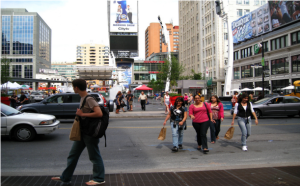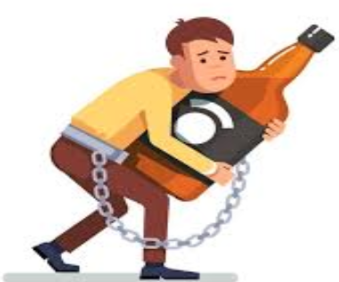Many adolescents in high school encounter arduous circumstances when attempting to decide their future direction, often facing hardships due to peer influence. It is important to acknowledge that at this juncture, they are in the process of self-discovery and positioning themselves in society. This can be particularly demanding for educators who have triumphed over their own adversities in school, as they guide students through tough situations despite their limited life experiences. Success is frequently contingent on overcoming unforeseen hurdles and barriers, rendering it difficult to forecast an individual’s likelihood of achievement. Unfortunately, some students may consider dropping out of high school as a result.
How many people dropout of high school in King County?
KING COUNTY mentioned, “Approximately 1,595 students dropped out of school each year in south Seattle and south King County – 71% of these youth are youth of color.” The racial and ethnic disparity in educational attainment begins early, as it is reflected in local high school dropout rates. For the King County Class of 2020, 10.8% of black and 14.6% of Hispanic students dropped out during their high school years, compared to 5.7% of white students.” Why are kids dropping out? A few reasons for individuals dropping out are mental health issues, substance abuse, poor family support, and arduous circumstances.
Where does high school dropout lead to?
High school students who find themselves in challenging circumstances are also heavily invested in their pursuits. Armando Gutierrez, Ed.D. mentioned that “Dropping out of high school has long-term consequences, including reduced employment opportunities, lower earnings, and higher rates of poverty and crime.” This sentence highlights the research on teenage high school dropouts in order to pinpoint the factors that play a role in this issue.
What’s the rate of high school dropouts in the US?
In the past 30 years there were fewer people in the US who dropped out of school in their teenage years, and then it increased from 1996 until 2006. Veera Korhonen mentioned “From 2006 to 2021, the rate of high school dropouts in the United States has significantly decreased. In 2021, the high school dropout rate was 5.1 percent, a notable decrease from 9.7 percent in 2006.” This statement highlights the increase in the challenges faced by numerous individuals who may feel overwhelmed and doubtful of their ability to succeed in school.
What are the reasons why people dropout of school?
In the 1980s, there were limited resources available to assist families in need, and a large portion of the population was grappling with anxiety. Armando Gutierrez stated in his article, “Teens who lack supportive relationships with their families may be more likely to drop out of school. Personal factors such as mental health issues, substance abuse, and pregnancy can also contribute to high school dropout.” It is evident that numerous individuals are facing significant challenges and have endured difficult experiences, which have proven to be extremely demanding.
Consequences for those students who dropout of school may include:
Economic Struggles
- In 1971, male dropouts earned $35,087, falling to $23, 903 in 2002, a decline of 34.7%.2
- In the same period, the earnings of female dropouts fell from $19,888 to $17,114.2
- Recent dropouts will earn $200,000 less than high school graduates and $800,000 less than college graduates, in their lives.
- Dropouts make up nearly half the heads of households on welfare.
Unemployment
High percentages of young dropouts are either not employed or are not even in the labor force.
Engagement in High-Risk Behaviors
The rate of engagement in high-risk behaviors such as premature sexual activity, early pregnancy, delinquency, crime, violence, alcohol and drug abuse, and suicide has found to be significantly higher among dropouts.
Incarceration
Dropouts make up nearly half the prison population.
Driver’s License / Employment Certificate Delayed and/or Revoked
A driver’s license or a learner’s permit may not be issued to an individual less than 18 years of age who is considered a dropout. A driver’s license, or learner’s permit, may be revoked, and an employment certificate revoked or denied, if a student drops out.
Cost to Society
Over 25 years to 30 years, a dropout student can cost a community as much as $500,000 in public assistance, health care, and incarceration costs.
In conclusion, high school dropouts depend on their personal circumstances in life. Many individuals are encountering challenging situations and contemplating leaving their current situation. Certain individuals experience unfavorable circumstances in their lives due to the lack of access to essential resources necessary for their growth and well-being. Even though earning a high school diploma may be challenging, a life without one can be even more challenging.
Sources:
Understanding the Factors Contributing to Teen High School …
Consequences of Dropping out of School – Civic Action Project
What Are the Effects of High School Students Not Finishing …
Dropping Out of School Causes, Consequences, and Solutions
https://www.go2rose.com › dropping-out-of-school-cau…
Why students dropout of high school (the consequences …












